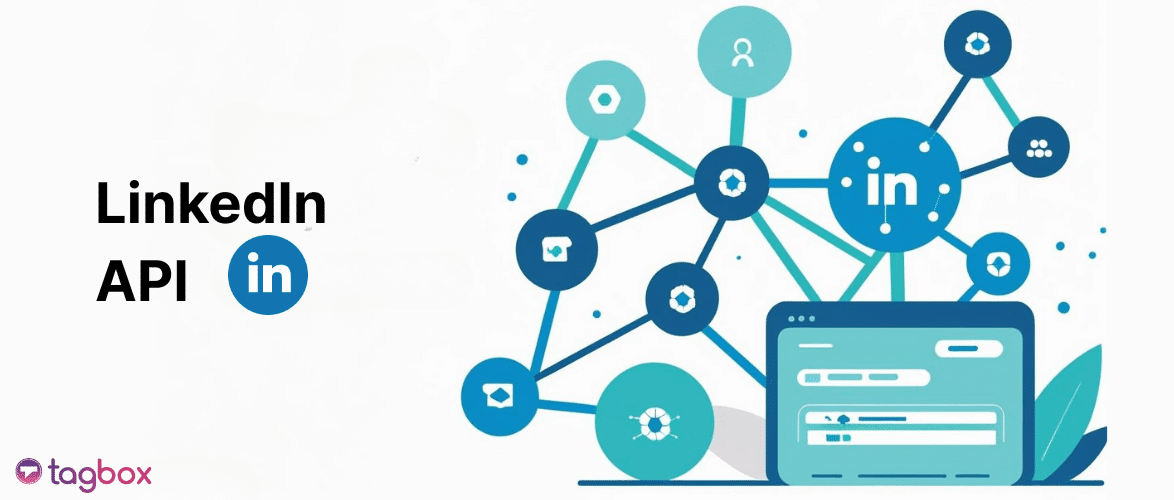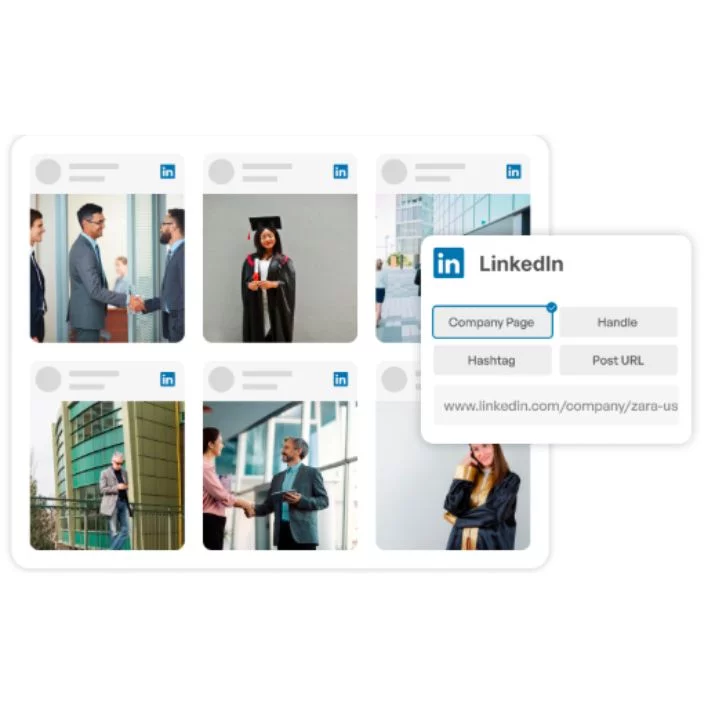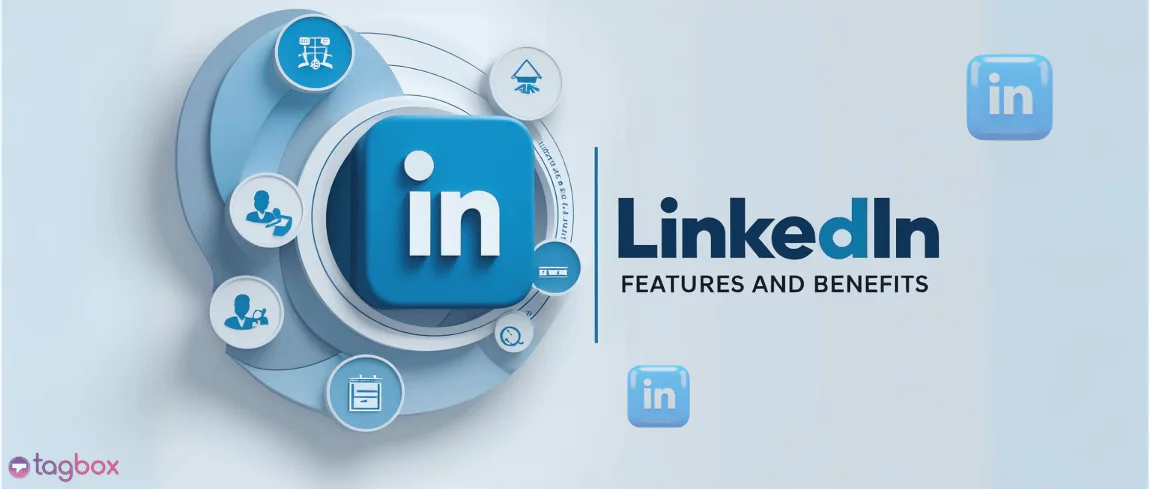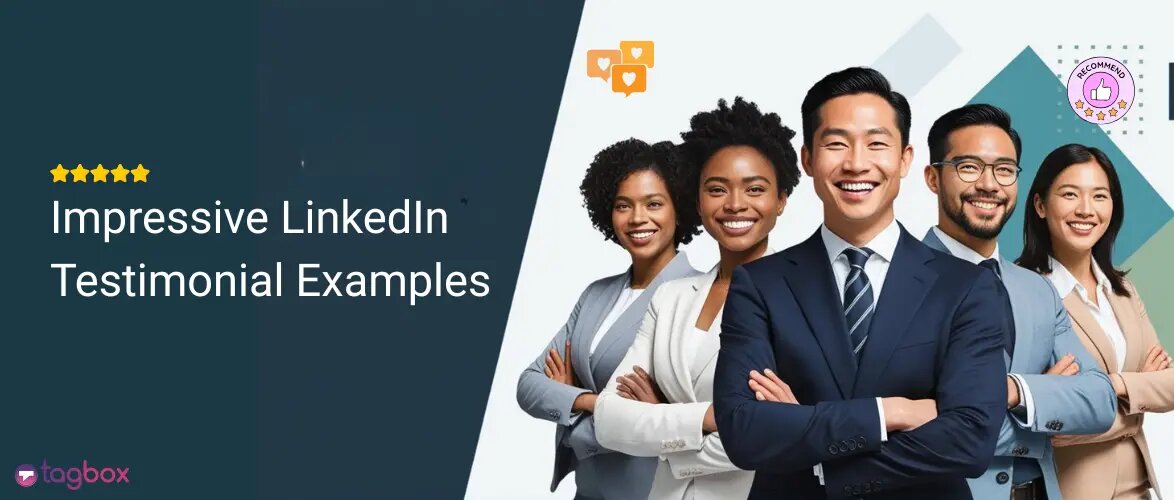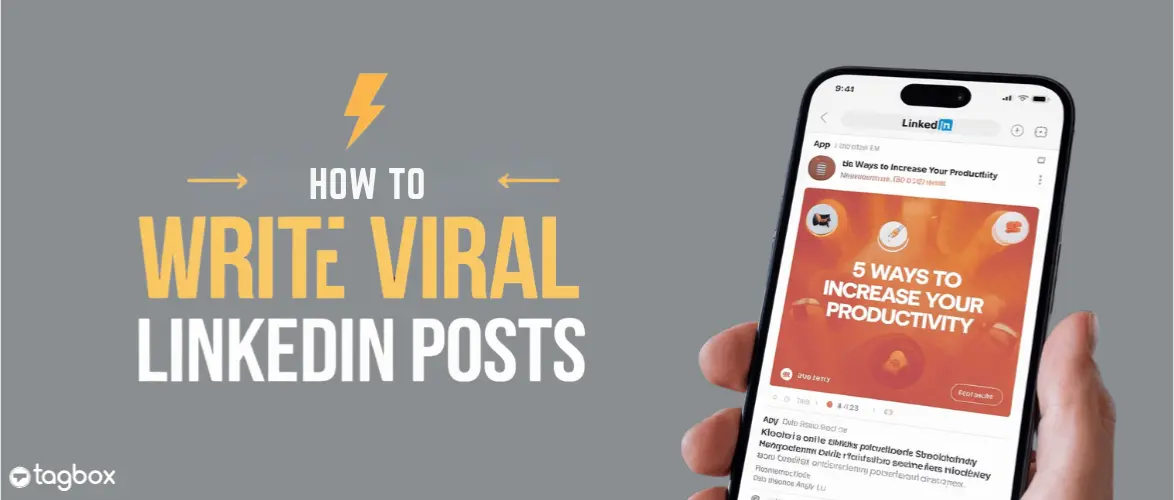Read summarized version with
LinkedIn is the world’s largest professional network, but for developers, marketers, and businesses, it’s also a data-rich resource if you know how to access it.
So, what do you do when manual data extraction is not an option on LinkedIn?
That’s where the LinkedIn API comes in. You can use the it to scrape LinkedIn data. Confused? New to the jargon? You’ve landed on the right blog. In this blog, we will unveil its definition, usage, and complications.
So let us get into it.
What Is The LinkedIn API?
The LinkedIn API (Application Programming Interface ) allows developers and businesses to interact with LinkedIn’s platform programmatically. Instead of logging in and manually performing actions, you can use the API to:
- Access user profile data
- Retrieve company page metrics
- Manage ad campaigns and more

Access Real-Time LinkedIn Data with Our API
Fetch posts, hashtags, profiles & more — built for developers, marketers & brands
Types of LinkedIn APIs To Know About In 2025
Here are some of the types of LinkedIn APIs, along with their descriptions.
a.) LinkedIn Marketing API
The marketing API allows developers to manage company pages, pull engagement metrics, and automate marketing actions. It also helps them to integrate with LinkedIn’s marketing features, like follower growth, social actions, and sponsored content analytics, which are ideal for brands aiming to scale their LinkedIn presence.
b.) LinkedIn Learning API
The Learning API grants access to the LinkedIn learning course catalog and metadata. Organizations can assign training modules, track course completions, and personalize learning paths. It’s especially useful for EdTech platforms and enterprises focused on internal upskilling and professional development programs.
c.) LinkedIn Profile API
This API lets apps access basic LinkedIn member profile data such as name, headline, company, job title, and education. It’s useful for enriching CRMs, lead scoring, and integrating LinkedIn identity into business workflows. It also requires OAuth authentication and specific scope permissions.
d.) LinkedIn Sales Navigator API
Designed for LinkedIn Sales Navigator users, this API supports advanced lead management and sales prospecting. It allows integration of lead lists, CRM syncing, and account intelligence. Useful for sales teams using LinkedIn data to improve B2B outreach and pipeline visibility. For seamless scaling, many teams partner with a sales prospecting service to automate these features, turning API data into qualified leads without custom development
e.) LinkedIn Ads API
The Ads API helps in programmatic control over LinkedIn ad campaigns. You can create ads, set budgets, define targeting, and pull performance metrics. It’s ideal for ad tech platforms and marketing teams managing multiple campaigns across client accounts or regions.
f.) LinkedIn Messaging API
This API allows approved partners to send direct messages (Including InMail) to LinkedIn users. This is commonly used for recruiters’ outreach and sales engagement workflows; it requires strict compliance with messaging policies and limited access due to privacy controls.
g.) LinkedIn Search API
This restricted API allows developers to search LinkedIn’s database of people, companies, jobs, and posts. Useful for building search tools, recommendation engines, or prospecting apps, but only available for approved partners.
h.) LinkedIn Recruiter API
Built for applicant tracking systems and HR tech, this API lets companies access candidates’ profiles, job listings, and communication. It integrates LinkedIn’s talent solutions into recruitment workflows to streamline sourcing, filtering, and engaging top candidates faster.
i.) LinkedIn Conversion API
This API helps advertisers track conversions like purchases or form submissions. It supports better attribution and campaign optimization, especially when browser-based tracking cookies are unreliable due to privacy restrictions.
j.) LinkedIn Feed API
The Feed API offers limited access to view content shared by users or organization pages. It’s often used in content curation tools, analytics dashboards, or display LinkedIn feed widgets. Access is restricted and typically granted only to LinkedIn partners.
| API Name | Description |
| LinkedIn Marketing API | Best Practices While Using the LinkedIn API |
| LinkedIn Learning API | Access content libraries and track course completion |
| LinkedIn Profile API | Fetch limited user profile data |
| LinkedIn Sales Navigator API | For advanced prospecting and account management |
| LinkedIn Ads API | Used to create, manage, and analyze ad campaigns |
| LinkedIn Messaging API | Limited access to send messages to approved partners |
| LinkedIn Search API | Search for jobs, companies, or limited user information |
| LinkedIn Recruiter API | Used by ATS platforms for recruitment purposes |
| LinkedIn Conversion API | Track ad performance via server-side conversion tracking |
| LinkedIn Feed API | Read content posted by users and pages (limited access) |
What You Can Do With the LinkedIn API
Here are a few things you can do with the LinkedIn API:
a.) Run Ad Campaigns Automatically
The LinkedIn advertising API helps marketers create and optimize their ad campaigns through external tools. You can create, manage, and edit ad creatives, set up campaigns, define targeting, control budgets, and pull detailed performance reports without logging into LinkedIn Ads Manager manually. This is especially useful for agencies and large brands that are running campaigns at the same time.
b.) Enrich CRM Data
Using the LinkedIn Profile API, businesses can enhance their customer relationship management system with professional data. This includes key information such as job titles, current company, location, education, skills, and more. This helps the sales and marketing teams to better understand and segment their leads.
For example, B2B companies can use this data to prioritize outreach based on a lead’s seniority or industry relevance. When you enrich your CRM with more and more data, it leads to better personalization in campaigns and improved lead qualification.
c.) Build Recruitment Tools
The LinkedIn Recruiter API allows applicant tracking systems, HR platforms, and hiring software to integrate LinkedIn’s talent pool into their recruitment workflows. Through this API, developers can fetch candidate profiles, view work history, manage job listings, and streamline communication between recruiters and prospects. It also helps the automation of key hiring processes like posting new roles or matching candidates based on filters. Additionally, businesses can explore mobile app development that integrates the API, enabling HR managers to hire talent on the go. This integration helps HR reduce the time to hire candidates and improve candidate targeting.
d.) Track Learning Progress
Enterprise and EdTech companies can integrate the LinkedIn learning API to provide personalized learning experiences and track course engagement. The API helps the organization to fetch metadata about available courses and assign relevant modules in real time.
e.) Search LinkedIn
With access to the LinkedIn Search API, developers can build applications that search across LinkedIn’s vast professional database. This includes companies, jobs, posts, and limited user profile data. This API is ideal for tools focused on market research, sales prospecting, recruitment, or industry analysis. Approved apps can apply complex filters such as industry, location, role, or company size to uncover valuable insights. It’s particularly powerful for building dashboards or recommendation engines for B2B products. However, LinkedIn restricts this API to approved partners, and scraping or unauthorized use can result in legal action and account suspension. Always adhere to LinkedIn’s terms of use.
Best Practices While Using the LinkedIn API
There are several best practices to keep in mind while using the LinkedIn API.
1. Always Use The LinkedIn Official API Documentation
Before you start developing, read the LinkedIn official API documentation. It outlines supported endpoints, permissions, scopes, rate limits, and request formats. This helps your app to stay up to date with API changes and avoid deprecated functionality.
2. Respect Rate Limits
LinkedIn enforces strict API rate limits based on the endpoints and application type. Exceeding these rate limits can lead to app suspension. When your app is sending too many requests too fast, LinkedIn will send an error message like : 429 Too Many Requests
So, your app should be smart enough to
- pause or slow down.
- Retry later after a short wait
- Log the issue and avoid spamming again.
This is known as graceful error handling, where your app does not spam or crash, it adjusts as per the need of the hour.
3. Avoid Scraping, Use Official Endpoint
Scraping LinkedIn might seem like an easy workaround, but it is risky and illegal. This can also lead to an IP address ban and legal action. Try to use LinkedIn’s officially supported APIs and apply for elevated access when necessary.
Common Issues Developers Face While Using LinkedIn API
While the LinkedIn API offers powerful functionality, developers often encounter a few common issues that can stall progress if not addressed early.
a.) Access Denied Errors
One of the frequent issues that the developers face is access denied errors, which are usually caused by incorrect scopes and missing user authentication. To avoid this, always double-check the permissions you are requesting and make sure users have granted the necessary scopes during OAuth authorization.
💡 OAuth Authorization is a secure, standardized process that allows applications to access a user’s data on another platform without needing their password.
b.) Token Expiration
Another issue is broken token expiration. LinkedIn OAuth tokens are short-lived for security reasons, so it’s essential to implement a refresh token mechanism to maintain persistent access without requiring users to reauthorize frequently.
How to Use the LinkedIn API Without Coding
There is no denying that the LinkedIn API is complex. Between OAuth authentication, policy updates, and strict access permissions, even experienced developers find it challenging to interact with and manage. For non-technical users, it seems nearly impossible. That’s why many marketers and businesses are now turning to no-code and low-code solutions.
Platforms like Taggbox and Common Ninja simplify the process for them. These tools offer intuitive dashboards that manage authentication, permissions, and data fetching.
This allows you to pull in company posts, engagement insights, ad metrics, or job listings with just a few clicks. All you need is a LinkedIn business account and basic compliance. The rest, content aggregation, visual display, and real-time syncing, is taken care of.
The Final Note
You learn from this blog what the LinkedIn API is, how to utilize it, and common issues while using it. For some of you, it might seem like an impossible task, since setting and running it requires coding. However, we have also mentioned some codeless ways to do it. So what is stopping you now?

